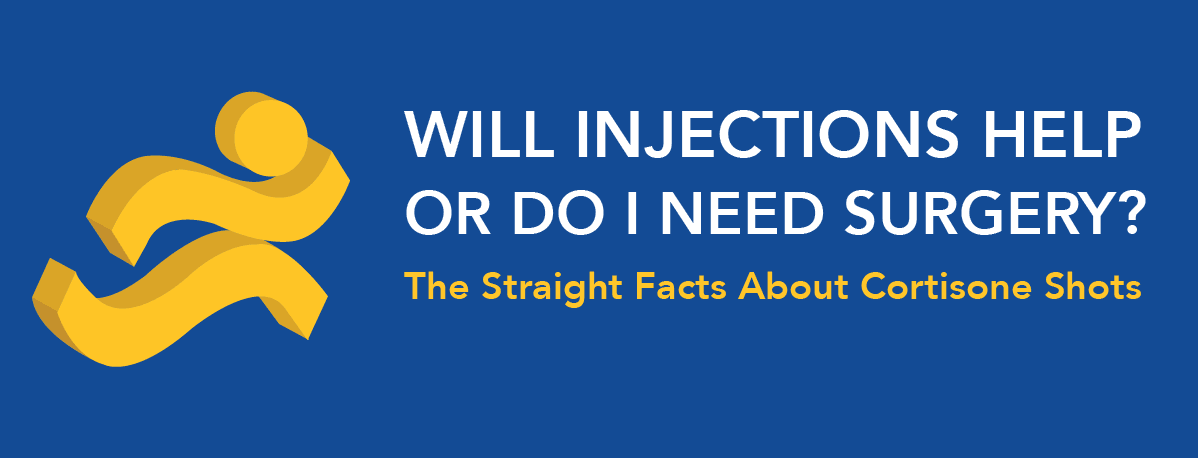Arthritis is extremely common. In fact, over five hundred million people worldwide show symptoms associated with the condition. But not all arthritis is the same. The two most prevalent types are Rheumatoid Arthritis (RA) and Osteoarthritis (OA), and understanding the distinctions between the two can help patients manage their symptoms more effectively and seek the appropriate treatment.
What is Rheumatoid Arthritis?
Rheumatoid Arthritis is an autoimmune disorder, meaning the body’s immune system mistakenly attacks its own tissues, specifically the synovium–the lining of the membranes that surround the joints and help it move smoothly. This causes inflammation that can lead to joint damage and deformities over time. Patients might also experience systemic symptoms like fatigue, fever, and loss of appetite. Onset can occur at any age, but RA is most commonly diagnosed in adults between age 30-60. 1.5 million people in the U.S. have RA, and women are three times more likely than men to develop the condition. The exact cause is unknown, but genetic and environmental factors play a significant role.
Treatment for rheumatoid arthritis may include physical therapy and low impact exercise to improve mobility, anti-inflammatory medications to alleviate pain, steroids, corticosteroids to reduce inflammation, disease-modifying antirheumatic drugs (DMARDs) or biologics to slow the progression, and joint replacement surgery. There is no cure for RA, but the goal of treatment is to limit joint damage and put the disease into remission.
What is Osteoarthritis?
Osteoarthritis, on the other hand, is a degenerative joint disease that primarily affects the cartilage–the tissue that covers the ends of the bones in a joint. Over time, the cartilage breaks down, causing bones to rub against each other. This leads to pain, swelling, and decreased mobility. Unlike RA, OA is generally associated with wear and tear of the joints. Symptoms, including pain, tenderness, stiffness, and loss of flexibility, are typically localized to the affected joints. Risk factors for osteoarthritis include age, joint injuries, repetitive stress on the joint, and obesity.
Atlantic Orthopaedics’ Dr. Akhil Sastry is a board-certified orthopedic surgeon who specializes in hip and knee joint replacement. He is a pioneer of robotic-assisted total knee replacement and has performed the surgery over 1,000 times. A recent patient had this to say about his experience with Dr. Sastry:
“I had an excellent experience and result with Dr. Sastry. He worked with me prior to surgery to ensure I could continue the activities important to me despite having osteoarthritis in the knee. After a year and a half, we agreed that I needed surgery and Dr. Sastry gave me a partial knee replacement. The pre op communication and approach were not only effective but used the latest practices to minimize pain and recover quickly. The entire surgical team helped make the surgery itself a success. But the proof is in the result, after 8 weeks of physical therapy, I am back doing the sports I love like tennis and bike riding. I am very grateful to Dr. Sastry and his team.”
Below, Dr. Sastry answers a frequently asked question about osteoarthritis.
What are the best ways to handle osteoarthritis in my knee and what are the options for treatment for a very active senior who wants to stay active?*
Treatment options range from weight loss, low impact exercises (biking, elliptical, swimming), over the counter anti-inflammatory medications, injections, and joint replacement surgeries. Depending on the severity of disease and the limitations that are inflicted, an orthopedic surgeon can implement a treatment program that would be the most suitable for your needs.
Managing Osteoarthritis in the Knee: Treatment Options for Active Seniors
- Physical activity: Staying active is one of the most effective ways to manage knee osteoarthritis. Gentle exercise like walking or swimming can help maintain joint flexibility and strengthen the muscles around the knee, providing better support and joint stability.
- Weight management: Maintaining a healthy weight reduces the stress on your knees. Even a small amount of weight loss can significantly decrease the load on your knee joints, alleviating pain and slowing the progression of OA. A diet rich in anti-inflammatory foods like fruits, vegetables, and omega-3 fatty acids can also help improve symptoms.
- Physical therapy: A physical therapist can create a personalized exercise program to improve your knee’s strength and flexibility. They can also teach you techniques to modify your movements to reduce pain and prevent further damage.
- Injections: Corticosteroid injections can provide temporary pain relief by reducing inflammation in the knee joint. Hyaluronic acid injections, which mimic the natural fluid in your knee, can also help lubricate the joint.
- Surgical options: If conservative treatments aren’t providing sufficient relief and your mobility is impaired, surgery may be advised. Arthroscopy, a minimally invasive procedure, can be used to remove damaged cartilage or bone fragments. In more severe cases, partial or total knee replacement surgery might be necessary. These procedures can significantly reduce pain and improve function, allowing you to remain active.
If you are suffering from joint pain due to arthritis, don’t delay getting treatment. There are many options, both non-surgical and surgical, that can improve your quality of life and get you back to doing the activities you love. Schedule a consultation with Dr. Sastry to discuss a treatment plan tailored to your needs and lifestyle.
*Medical Disclosure: The information provided on this blog is for educational and informational purposes only. While we strive to provide accurate and up-to-date information, we do not dispense medical advice or treatments to individuals who have not been seen by a healthcare professional.
It’s crucial to understand that every individual’s medical situation is unique, and what may work for one person may not necessarily work for another. Additionally, individuals may have underlying health conditions, allergies, or other factors that require personalized attention and consultation with a qualified healthcare provider.
Therefore, we strongly advise individuals to consult with a licensed healthcare professional before initiating any new treatments, making changes to their current treatment regimen, or addressing any medical concerns. This includes seeking professional guidance for managing allergies, assessing potential medication interactions, and ensuring overall safety and efficacy of any suggested treatments.
We are not liable for any actions taken based on the information provided on this blog. The responsibility for healthcare decisions lies solely with the individual and their healthcare provider. If you have any questions or concerns regarding your health, please consult a qualified healthcare professional promptly.



